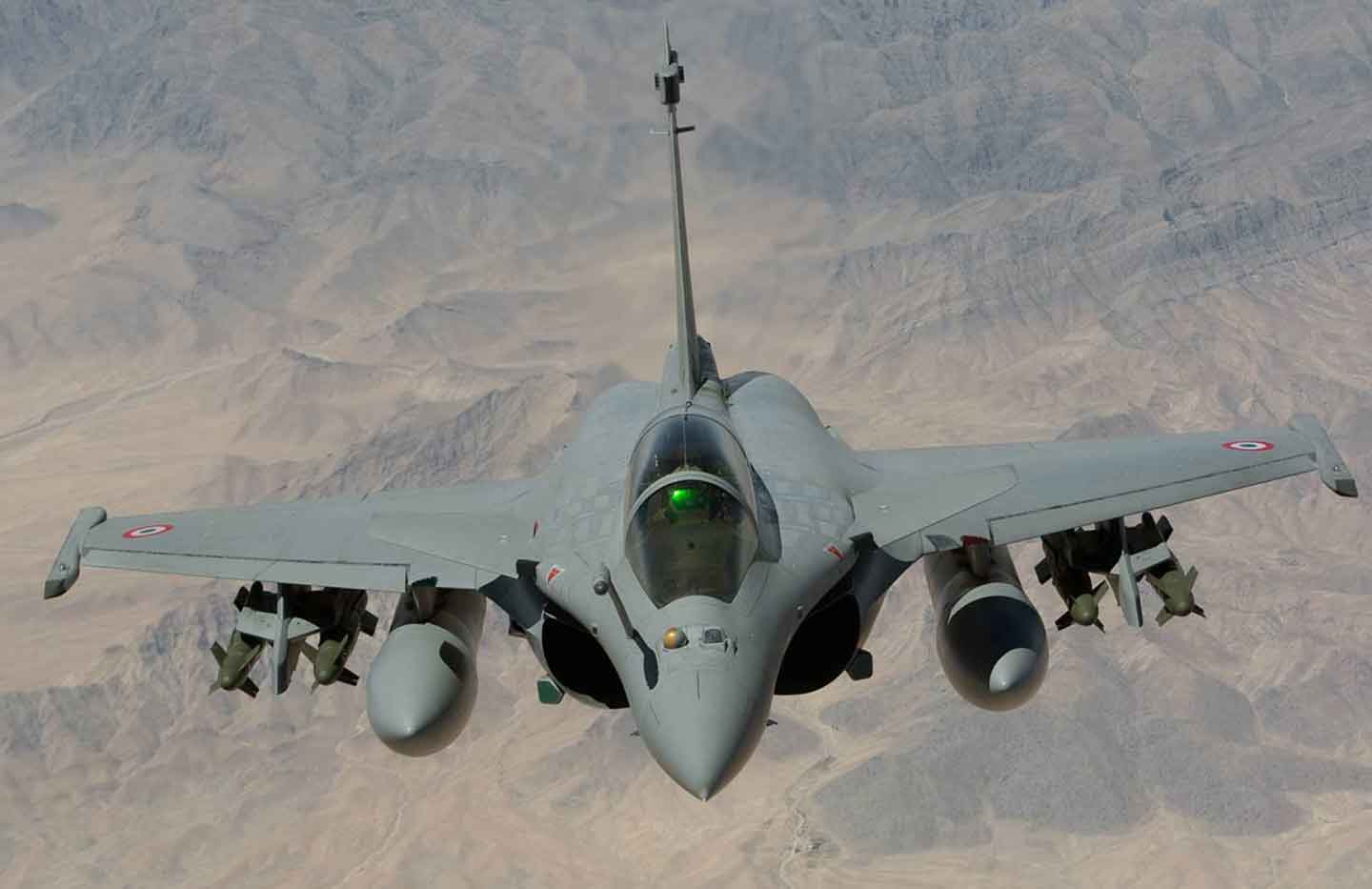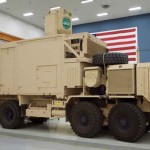Mother of all deals
Of particular interest to me was ‘the mother of all deals’, the supply of 126 Rafale fighter planes by Dassault Aviations to the IAF. Before the show, news had circulated that the French company was keen to have a deal with Reliance Industries to help build 108 Rafales in India. A communique had announced that Dassault and Reliance Industries Ltd had signed a partnership in defence and homeland security: “Dassault Aviation, a major player in the global aerospace industry, has entered into an MoU with Reliance Industries, for pursuing strategic opportunities of collaboration in the area of complex manufacturing and support in India.”
During his press conference, AK Antony clarified Dassault could not decide on the quantum of work of HAL in the Rafale contract as the Request for Proposals had clearly laid down the parameters under which the contract for the 126 aircraft would be awarded.
Dassault is perhaps not ready to wait for the wine to mature too long, nor is the Indian Air Force…
Though Dassault was rather mute during the show, the presence (even though discreet) of its newly appointed chairman, Eric Trappier (he was till last month Executive Vice-President of Dassault’s international business), showed the vital importance of the deal for the French side.
When Foreign Minister Salman Khurshid, who visited Paris early January did not seem then in a hurry to sign the deal; he told the press: “We know good French wine takes time to mature and so do good contracts. The contract details are being worked out. A decision has already been taken, just wait a little for the cork to pop and you’ll have some good wine to taste.”
Dassault is perhaps not ready to wait for the wine to mature too long, nor is the Indian Air Force, for which the deal is vital as many of its planes (such as the MIGs 21) are soon due to be phased out.
The financial French newspaper, La Tribune noted that if Dassault’s karma is good, the deal may be signed before the summer, but certainly not in time for the forthcoming visit of President Hollande (February 14 and 15).
During the show, it appeared that Rafale is already a brand name in India, particularly amongst the connoisseurs.
The Indian Air Chief as well as the Defence Minister confirmed during their press conference that the file would be sent to the Finance Ministry sometime in April/May and when and if it comes back with favorable notings, the deal may be signed during the following months.
During the show, it appeared that Rafale is already a brand name in India, particularly amongst the connoisseurs. I could not believe my eyes watching so many air force officers or even simple Indian visitors wanting their picture taken with the bi-engine bird in the background.
When I told a young IAF pilot, “it will soon to be your plane”, extra-large grins suddenly appeared on his face. He said he would be proud to fly the Rafale (and visit France for training before that!).
When I asked a French Air Force officer if the Rafale was able to perform in a Himalayan environment, he said that during the selection tests, the plane flew in high altitude and did remarkably well. The main quality of the plane was its polyvalence which includes reconnaissance missions (for example, in Mali these days), air bombings and also air combats (though it was not required in recent conflicts where France was engaged).
India has to do the same. It may avoid a war. Deterrence has been an effective tool in the past.
During an informal talk with the French Air Chief, General Denis Mercier, I asked him to characterize the Indo-French relations (let us not forget that the President of the French Republic is coming next week); he just said ‘trust’ and quoted the example of the Garuda joint air exercises between France and India. He explained that with very few countries was France so confident to ‘share’ and this translated into extremely meaningful joint exercises.
To come back to China, ‘deterrence’ will be the key word in the future.
When in a few years from now, India will possess a fleet of 126 (and later 189) Rafales, plus the 50 or so ‘modernized’ Mirages 2000, the 150 SU-MKIs and later the marine MK-29 for the Vikramaditya aircraft carrier and perhaps one day (hopefully soon) the indigenous Tejas, India will possess a formidable deterrence tool. No question of 1962 repeating itself.
Xi Jinping, Chairman of the Central Military Commission, while recently touring the Lanzhou Military District Command, said that China “must make efforts to expand and deepen military readiness, to promote the acceleration of the development of information technology, and to constantly enhance the combat capability of information systems; this is to ensure that the military troops quickly respond when called upon, are ready to fight when responding, and will win if engaged in a war.”
India has to do the same. It may avoid a war. Deterrence has been an effective tool in the past.
There are many other things to add, particularly about the close collaboration with Israel which was unthinkable a few decades ago.
It is however certain that many acquisitions and the level of India’s preparedness will depend a great deal how the country’s economy fares and how much the government is ready to take the help of the private sector to truly modernize the Indian defence forces.
The aeroshow was a good occasion to discuss these issues of national interest.






The Musings are to the point & ought to be taken quite seriously. Yes Tatas, Birlas, Mahindras & Reliance need to enter defence sector on large scale and set up their works in states which lay down red carpets to welcome & not put red tape barriers. DRDO must migrate from Ordnance Factories & DPSU’s to private domains if it has to make a mark as it has been able to do so in missiles.
But what use will be all the MMRCA’s -if we dont have modern air armaments? DRDO must carve out dedicated labs especially & exclusively for air & naval armaments which require special environment and design cultures.
Since the common man like me cannot meet the defense minister nor the PM nor the President could someone from the IDR or one of its editor or one or several authors if deem fit put 2 question to them related to the economic slowdown.
The question I put is keeping in mind that the Indian armed forces lack present day technological advanced equipment but are outdated by decades.
Giving the benefit of doubt to Anthony and Chidambaram about economic slowdown and thus letting our soldiers fight with equipment poorer that an terrorist organization, my question is
Q 1) Will the same excuse of economic slowdown help in any way if a Kargil or 1962 type situation occurs. Would the PM and MOD then ask those attacking India to not use firepower of their inventory that outmatches India’s outdated equipment. Or are they going to go to America then and beg them to pressurise India’s adversaries to not use up to date equipment and to get back India’s lost territory?
Do they realise than thru a prolonged cold/proxy war, and not updating our inventory Chidambaram is only weakening india and ushering it to a position where it will be so week as not to be able to fight let alone win a war!
Do they realise that loosing a war once again is going to hurt India economy more than it would if we went ahead and updated our inventory now
It is also a known fact that when the Global economy really stooped and even U.S economy took a beating, at that particular junction the Indian economy was at its peak. thus
Q 2) Why didnt the defense ministry, the P.M etc all take advantage and do the mother or father of all defense deals then?
Taking advantage of global slowdown then and now, we can aid in a defense sector of a particular country depending on the armed forces equipment and supplier preference and counsel this partnership further
One thing really needs cuts… monetary allocations to India’s politicans and Babus.